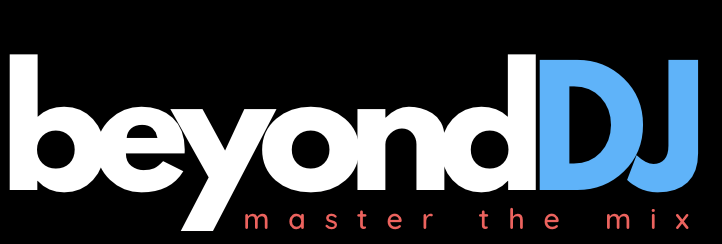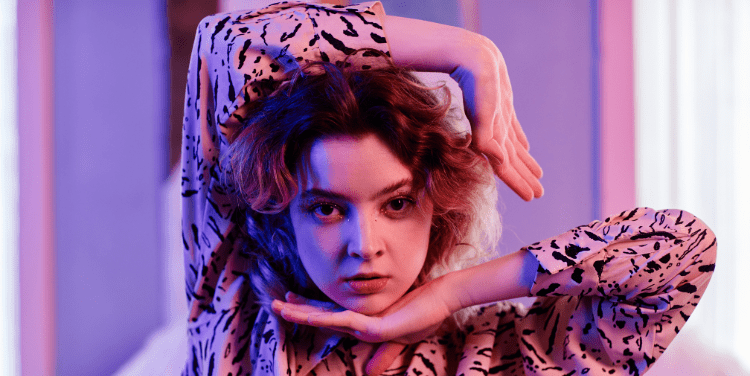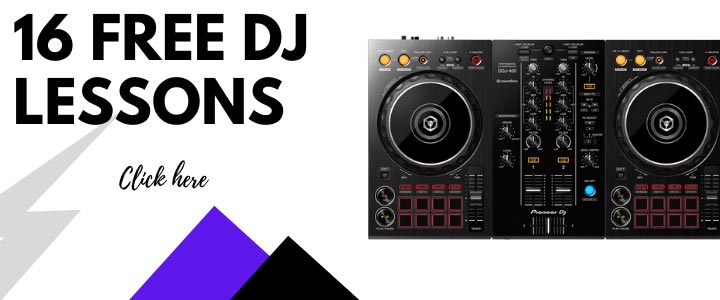Mixing different genres can be a thrilling and dynamic way to engage your audience. As a DJ, seamlessly blending two genres showcases your versatility and creativity, keeping the dance floor vibrant and unpredictable.
Here are the best practices for mastering the art of DJ mixing two genres.
Understand the Unique Characteristics of Each Genre
To excel at DJ mixing two genres, you must first understand each genre’s unique elements. Pay attention to the tempo, rhythm patterns, key, and energy levels of the songs you plan to mix. For example, house music typically has a steady 4/4 beat with a tempo ranging from 120 to 130 BPM, while drum and bass features a faster, breakbeat rhythm at around 160 to 180 BPM.
Knowing these details will help you decide which tracks can blend harmoniously.
Choose Compatible Tracks
When selecting tracks from different genres, look for common elements to bridge the gap between them. This could be a similar tempo, a matching key, or complementary energy levels. For instance, if you’re mixing hip-hop with electronic dance music (EDM), choose a hip-hop track with a higher BPM and an EDM track with solid bass lines that match the hip-hop beat.
This ensures a smoother transition and maintains the flow of your set.
DJ Mixing Two Genres: Use Transition Techniques
Effective transition techniques are crucial for a DJ mixing two genres. Here are some popular methods:
- Beatmatching: Align the beats of both tracks to create a seamless blend. This requires precise timing and a good ear for rhythm. Use your pitch control to adjust the tempo of one track to match the other.
- EQ Mixing: Gradually adjust the EQ settings (bass, mid, treble) to blend elements of the two tracks. For example, you can start by lowering the outgoing track’s bass while introducing the incoming track’s bass.
- Harmonic Mixing: Mix tracks that are in compatible keys to avoid clashing melodies. Use software like Mixed In Key to identify each track’s key and choose harmonically compatible songs.
- Sampling and Effects: Incorporate samples and effects to smooth transitions. Use loops, echoes, and reverb to bridge the gap between genres. For instance, adding a vocal sample from a hip-hop track over an EDM beat can create an exciting fusion.
Plan Your Set
Planning your set can significantly improve your ability to mix different genres smoothly. Create a playlist with tracks you know will work well together and practice your transitions. This preparation allows you to focus on your performance and respond to the crowd’s energy rather than scrambling to find compatible tracks on the fly.
Read the Crowd
One of the most essential skills for any DJ is reading the crowd. Pay attention to how the audience responds to different genres and adjust your set accordingly. If you notice the crowd is more receptive to one genre, lean into it and gradually introduce elements of the second genre. This way, you can guide the audience through the transition and keep them engaged.
Experiment and Innovate
Feel free to experiment with unconventional mixes. Pushing the boundaries and blending unexpected genres can set you apart as a DJ. Mix reggae with dubstep, jazz with techno, or any other combination that sparks your creativity.
The key is to practice these mixes and refine your technique until they sound polished and intentional.
Practice, Practice, Practice
Mastering the art of DJ mixing two genres takes practice like any skill. Spend time honing your beatmatching, EQ mixing, and harmonic mixing skills. Record your sets and listen back to identify areas for improvement. The more you practice, the more confident and proficient you will become in seamlessly mixing different genres.
Conclusion
DJ mixing two genres is a powerful way to showcase your versatility and keep your audience engaged. By understanding the unique characteristics of each genre, choosing compatible tracks, using effective transition techniques, planning your set, reading the crowd, and practising diligently, you can master this art form and take your DJing skills to new heights.
Experiment, innovate, and most importantly, have fun with your mixes. Your audience will appreciate the fresh and dynamic energy you bring to the dance floor.





















